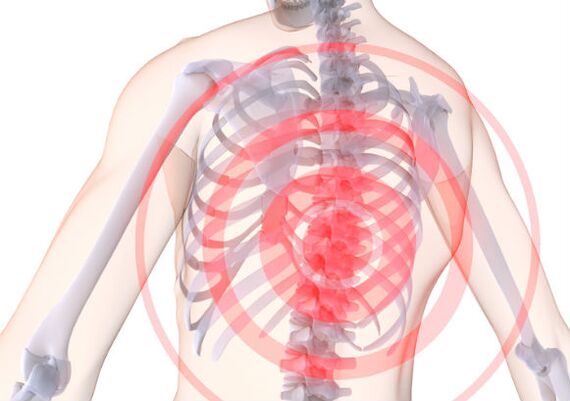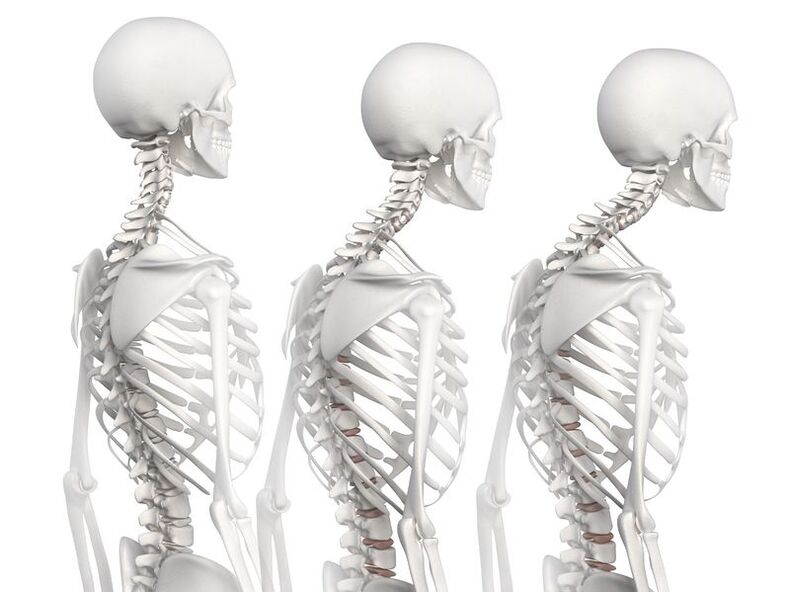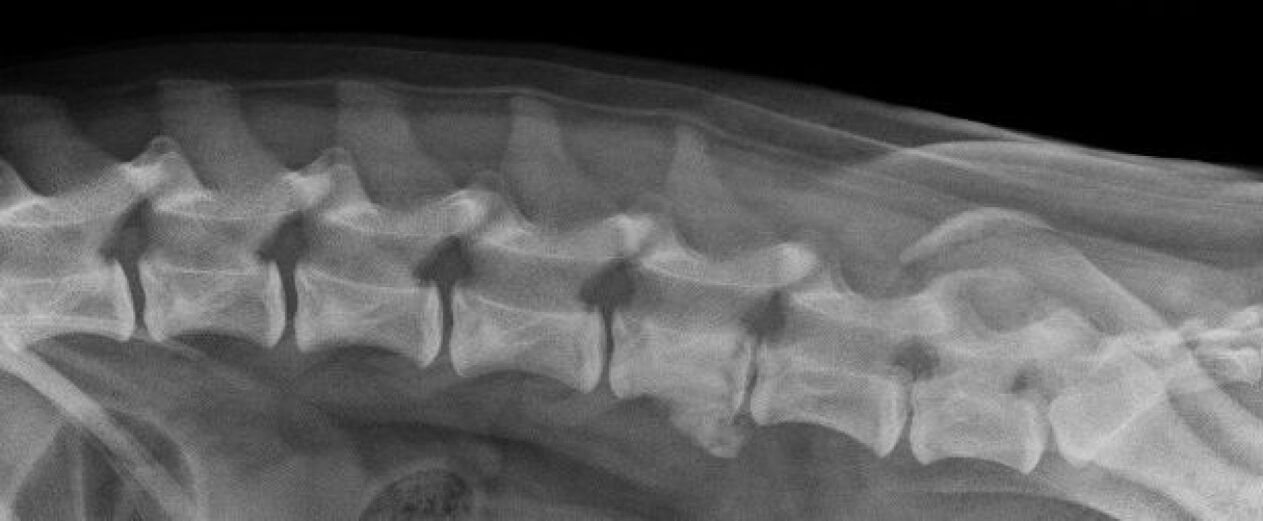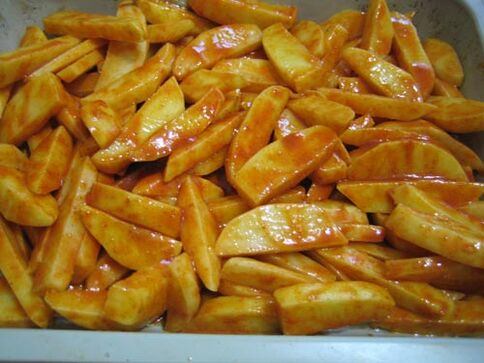Osteochondrosis of the thoracic spine is an inflammatory disease accompanied by the development of pathological processes in the intervertebral discs. Complications of the disease include protrusion and degenerative changes in adjacent tissues. Osteochondrosis is difficult to identify due to "masking" symptoms such as gastritis, heart disease or peptic ulcer.
Features of the disease
Osteochondrosis of the breast is a complex of disorders in the intervertebral discs. They shrink and gradually lose their properties. This causes compression of the nerves.

According to ICD-10, this disease belongs to the group "Dorsopathy" under code M-42, localization.
In the early stage of the disease, examination and treatment can be prescribed by a local doctor. If the disease has progressed, the patient is referred to a highly qualified specialist (neurologist). Often, a professional massage therapist relieves the patient from the symptoms of thoracic osteochondrosis. In case of complications, you can not do without the help of a surgeon.
Reasons
Most often, the pathology manifests itself in the elderly. However, in recent years, osteochondrosis of the thoracic region affects more young patients.

The development of the disease is caused by various reasons:
- excessive physical activity;
- work related to lifting heavy loads;
- long-term forced uncomfortable positions;
- congenital curvature of the spine and acquired postural disorders;
- wrong diet;
- overweight;
- age-related changes;
- metabolic problems.
Other factors in the development of osteochondrosis of the thoracic region include chronic diseases and hereditary factors. To avoid pathological and possible complications, it is necessary to get rid of the cause. Experts say that this problem is the result of an unhealthy lifestyle in most cases.
Degrees and symptoms
Osteochondrosis of the thoracic region is characterized by special symptoms. The patient suffers from muscle spasms and intercostal neuralgia. The pain can be localized in one part of the chest, then quickly spread throughout the chest. Because of this, a person has difficulty breathing, he only has to sit or sleep in a certain position.
Pain intensifies when turning the head, moving the neck, raising the arms and bending. Any movement of the neck causes discomfort (especially at night). Painful contraction of the muscles of the shoulder girdle and lower back is possible.

Taking into account the level of deformation of the intervertebral discs, the following degrees of development are distinguished:
First degree
In the first stage, the flexibility (firmness) and height of the discs decreases. A possible manifestation of the protrusion (bump) of the fibrous ring (a hard shell for a semi-fluid core). The cartilage tissue of the spine becomes denser. Pain in the form of "lumbago" may occur during sudden movements or after staying in one position for a long time.
Dorsago- a characteristic symptom at this stage. It is expressed by a sharp, sudden pain in the chest. It often appears when a person stands up (difficulty breathing).
Dorsalgia- mild, sharp pain. It appears gradually and usually lasts 2 to 3 weeks. It may worsen with sudden bends or after physical exertion. Dorsalgia is accompanied by muscle tension and limited movement. After a short walk, the pain subsides.
Neurological symptoms are also determined at this stage:
- feeling of "pins and needles" on the surface of the legs, abdomen and chest;
- numbness or tingling in certain areas of the skin;
- dysfunctions of the gastrointestinal tract.
Second degree
There is a further decrease in the height and elasticity of the intervertebral discs. The thoracic spine becomes unstable, cracks appear in the fibrous ring.
Painful sensations:
- in chest after overwork or physical exertion;
- upper back;
- while raising your arms;
- while breathing (inhalation and exhalation).
Phantom pains in the heart region and intestinal dysfunction are also possible.
Third degree
The formation of an intervertebral hernia continues. Pain is felt in the abdomen and back, intercostal neuralgia (can be aggravated by inhalation, sudden movements and coughing).
One of the symptoms of osteochondrosis is a cough. The general mobility of the spine decreases, the diaphragm is compressed and a lack of air is felt. Severe dry cough is especially dangerous because the vertebral artery is located in the neck. If it is compressed, there is a risk of ischemia and stroke.
Fourth degree
In the fourth stage, the intervertebral discs stop acting as shock absorbers. The spine loses mobility. Possible compression of blood vessels and nerves. Bone tissue is susceptible to destruction.
Diagnostics
Osteochondrosis of the breast is difficult to diagnose because it has "camouflage" (similar) symptoms to other diseases.

To make an accurate diagnosis, it is necessary to conduct a number of studies:
- Ultrasound;
- x-ray;
- MRI;
- blood test.
Traditional treatment
Medicines are used to relieve pain and inflammation in the chest. To relieve pain during an exacerbation, injections are given intravenously or intramuscularly. Treatment of osteochondrosis occurs with the help of drugs containing papain, a plant-derived enzyme. This substance helps to improve the structure of cartilage tissue.
- Chondroprotectors. This is a group of drugs used to restore articular cartilage. Most products are based on active ingredients - glucosamine and chondroitin sulfate.
- Antispasmodics and muscle relaxants.Medicines that weaken muscle tone. By acting on the receptors in this way, it relieves unhealthy muscle tension, resulting in pain and spasms.
- Pain relievers.It reduces the symptoms of the disease - inflammation and pain. The principle of action of such drugs is to block the synthesis of certain enzymes.
- Vitamin therapy.Vitamins A, B, D, C, E, which restore cartilage tissue, strengthen the immune system and have an anti-inflammatory effect, are often prescribed.
- Massage.Patients with this disease should undergo a restorative massage course at least 2 times a year. During exacerbation of the disease, the procedure is usually not performed. This procedure improves blood circulation, relieves fatigue and muscle pain, and strengthens muscle tone. The session lasts a quarter of an hour, the duration of the course is 11-16 procedures.
- Reflexology.Special techniques work on acupuncture points. The method is effective in combination with other methods.
- Exercise therapy.The disease is characterized by an underdeveloped muscle corset and stiffness of the joints. A specially selected set of exercises (physical therapy) will help to eliminate these manifestations. The first lessons should be conducted under the supervision of an experienced instructor, then gymnastics is performed independently. Regular exercise is very important.
Treatment at home
Home methods are used only as an additional means to the main conservative therapy:
- Nutrition
To improve the condition, you need to eat properly: 6-7 meals a day, reduce the amount of salt intake, include vegetables and fruits, natural chondroprotectors (jelly, jellied meat) in the diet. In addition, it is important to lead an active lifestyle, avoiding any overload.
- Berry tea
Thoracic osteochondrosis can be reduced by systematically drinking berry tea, as well as tea from wild strawberry leaves. Put a spoonful of the plant in a glass, add boiling water and let it brew. It is recommended to drink at least two glasses of this drink a day (after meals).
- Potatoes and honey
Grated potatoes mixed with liquid honey can relieve pain and reduce inflammation. The composition is applied to the painful part for 30 minutes.

Control your weight, boost your body's defenses, and include plenty of plant foods in your diet. If the recommendations are followed, the therapeutic effect occurs faster, the risk of complications and remission decreases.





































